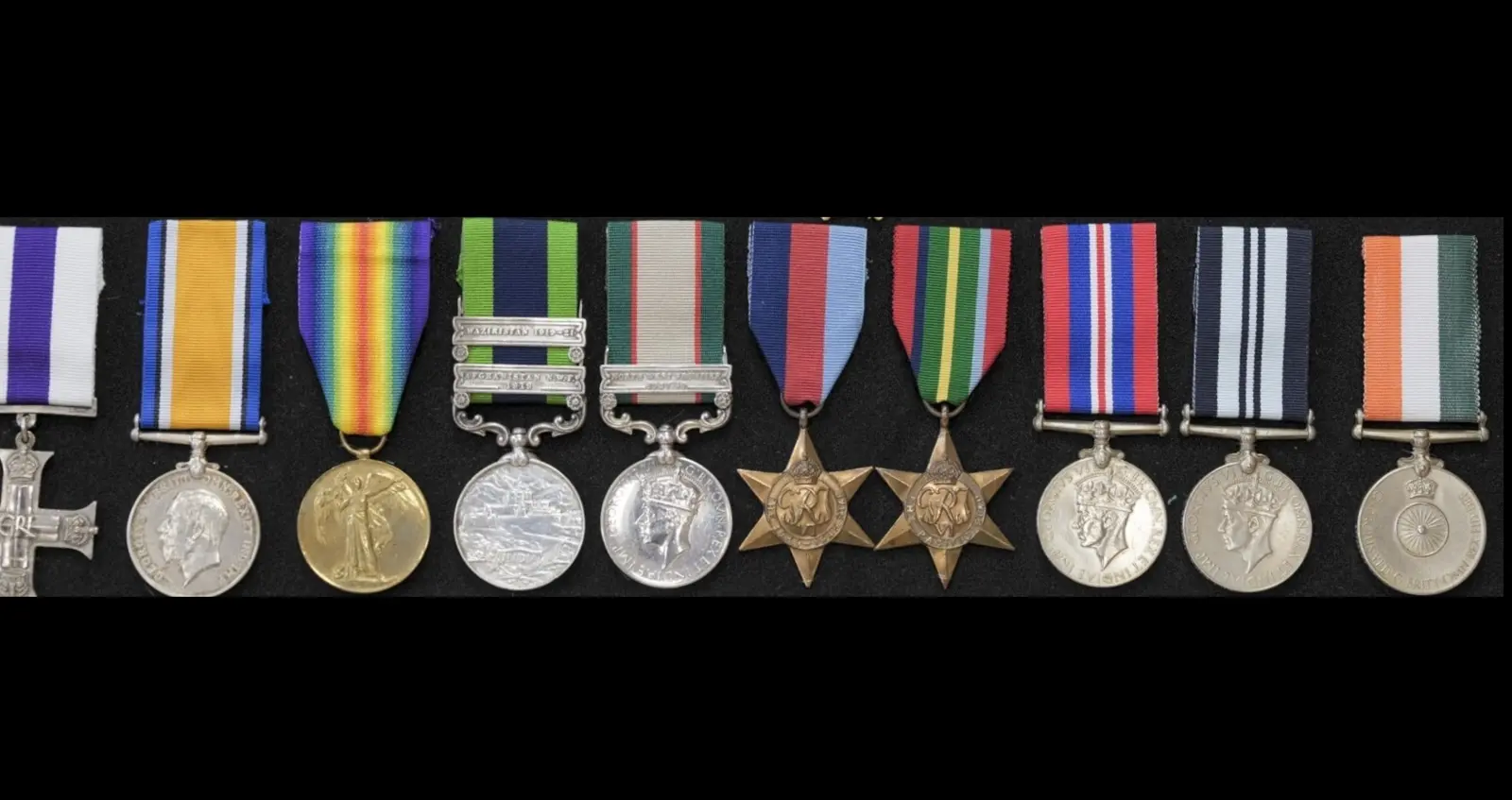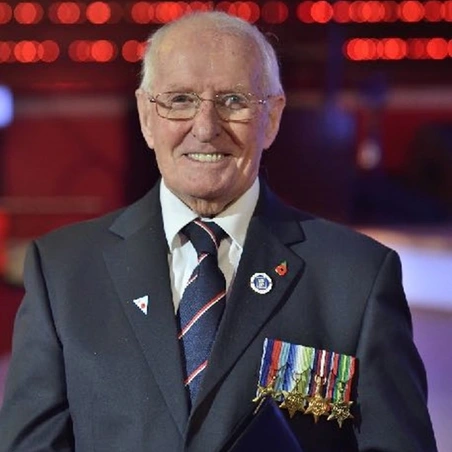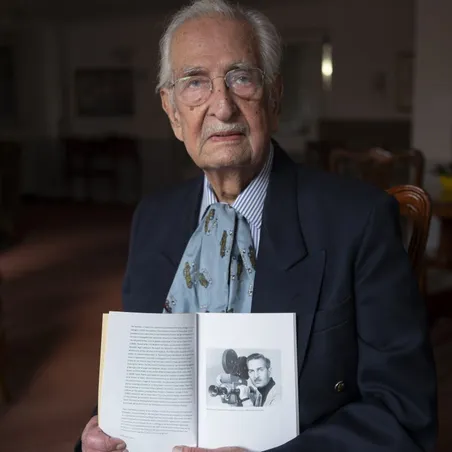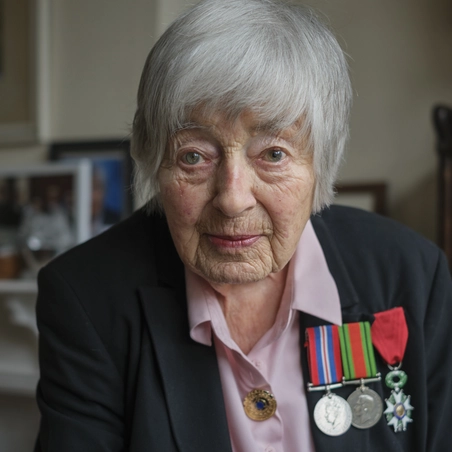The outbreak of the Second World War saw Gian posted to the North-West Frontier, bordering Afghanistan where he faced the harsh realities of war, contending with tribal unrest and the constant threat of invasion.
In 1945, Gian's battalion was deployed to Burma, the scene of some of the fiercest fighting in the entire war. It was here, amidst the dense jungle and against a relentless enemy, that Gian performed the actions that would earn him the Victoria Cross.
With the Japanese retreating, in February 1945, combined Indian and British forces made the widest river-crossing of the Second World War when they crossed the Irrawaddy and advanced on the port of Myingyan. Niak (which is the equivalent of a Corporal) Gian Singh was leading his platoon on 2nd March, ahead of the rest of his battalion, when the enemy opened fire with both artillery and intense machine-gun fire. The Indian advance was stalled, and casualties were mounting. "They had foxholes, the Japanese, where they had this concealed anti-tank gun", Charanjit recalls from the Commanding Officer’s account. "Our army could not move forward because the only way to move was to take the tank, hide behind it... But because they had the anti-tank gun, two tanks were destroyed and we could not go near the foxholes”.
With extraordinary courage, Gian charged the Japanese position, single-handedly taking out the anti-tank gun and its crew. His actions broke the deadlock and inspired his men to counter attack, but it was not without cost. Gian was seriously wounded in the attack, but he insisted on remaining with his company until the Japanese forces had fully retreated.
Gian refused to be invalided out of the Army and was prominent in the drive on Rangoon, for which he received a Mention in Despatches.
Gian's Victoria Cross was presented to him at Buckingham Palace in October 1945. It was his first time in the UK, a world away from his rural Indian upbringing. The experience left a lasting impression.







